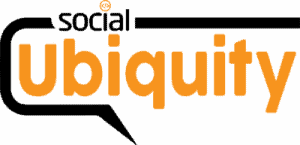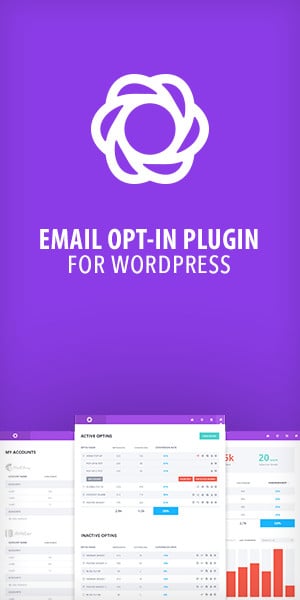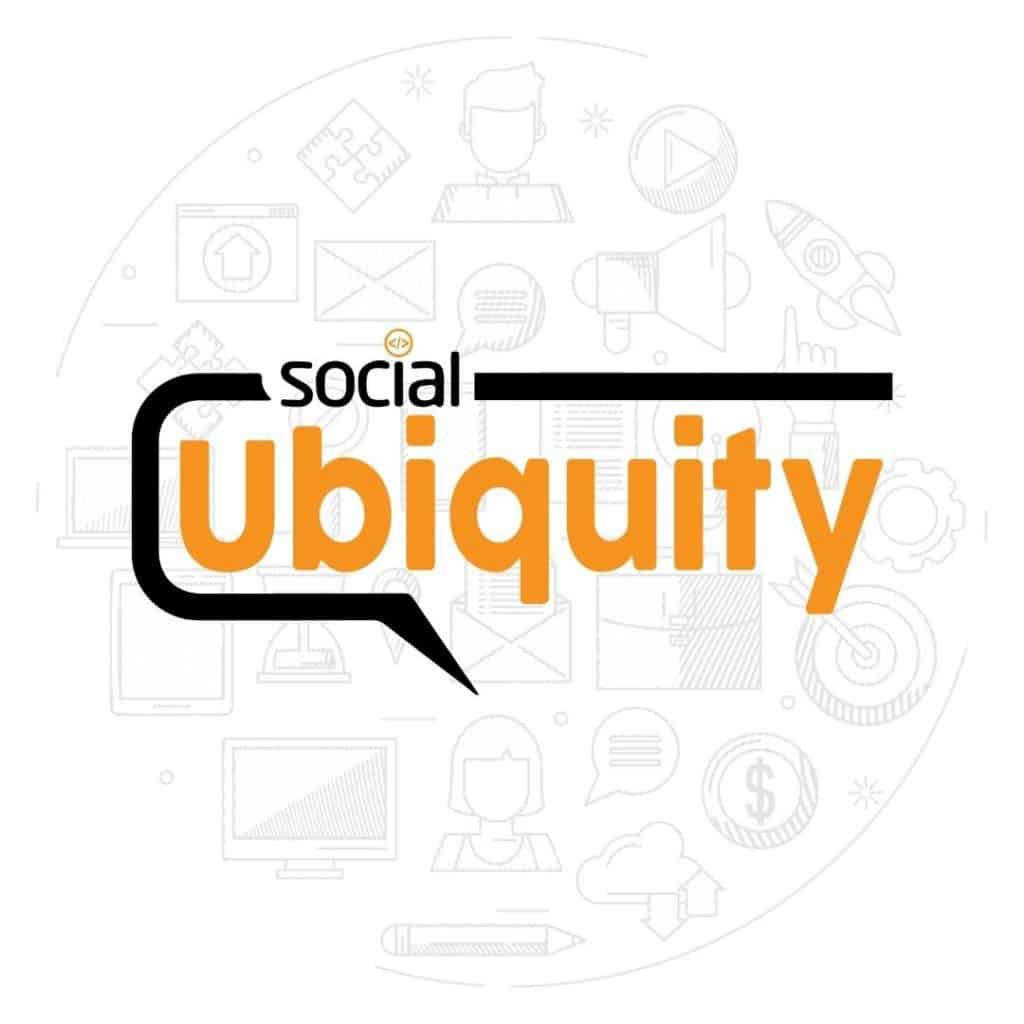If you want to get more visitors and sales, you need to focus on increasing traffic from all traffic sources, not just one or two. Organic traffic, paid traffic, or any other one type of traffic might make up most of your visitors. However, neglecting other potential traffic sources is just leaving money on the table. Here are the top six major traffic sources you should focus on.
1. Organic Traffic
Organic traffic should always be a major focus of yours. While paid traffic can help you get the ball rolling and bring in immediate sales, it has a crucial disadvantage – you must keep paying to keep the visitors flowing in.
The advantage of organic traffic is that once you put in the work and get high search engine rankings, the traffic will keep pouring in. You won’t have to keep investing as much time and effort in the future to maintain your traffic.
The ROI of organic traffic is a lot higher than paid traffic, as it’s basically free. If you target the right keywords, including keywords with buyer intent, you’ll also get a great conversion rate.
Building up a steady stream of organic traffic from the search results isn’t easy. You have to put in a lot of SEO work, including:
- Publishing quality content, complete with images, video, and plenty of white space
- Researching and targeting the right keywords, then inserting them strategically into your content
- Doing on-page and off-page SEO, including metadata optimization and sitemap submissions
- Building high-quality backlinks and local citations to increase your DA score
All of that requires a lot of time. If you do it yourself, it’s free, but you may not be up-to-date on the latest proven SEO strategies. You can also hire an agency to do it for you.
Once you start ranking, things will get a bit easier. You still have to work to maintain your rankings. For example, you need to publish new content consistently, and you need to update your old content when information is outdated. Otherwise, you may start losing your rankings.
Using Google Analytics, you’ll be able to track your organic traffic. I also recommend using Google Search Console to discover which posts perform best in the search engines.
While the majority of your organic traffic will come from Google, you shouldn’t ignore other search engines, like Bing, Yahoo, and DuckDuckGo.
Google has a market share of around 85%, but you don’t want to lose the other 15%. Bing and Yahoo together have a market share of around 10% of all search engine traffic, so sign up for Bing Webmaster Tools as well (Bing powers Yahoo).
2. Paid Traffic
While organic traffic is awesome, you can’t discount paid traffic either. Yes, you will have to invest money into it, but paid traffic lets you get results quickly.
New sites may have difficulty ranking in the search engines at first, especially in competitive niches and for competitive keywords. While targeting long-tail keywords is a good strategy, you still need to give your site time.
Google considers factors such as a website’s age and the amount of quality content it has published when deciding how to rank it, so don’t expect to get results overnight.
Paid traffic, on the other hand, allows you to get a spot at the top of the search results right away. By signing up for Google Ads and bidding on profitable keywords, you can drive traffic and sales now, instead of waiting until later.
That doesn’t mean there will be no trial or error involved. Figuring out which keywords to bid on, how much to bid on them, and how to write your adverts to get the most clicks takes time. You might consider getting an expert involved.
In addition to Google Ads, you can sign up for Microsoft Ads, which may be a bit cheaper for some keywords. Microsoft Ads allows you to advertise on Bing, Yahoo, and DuckDuckGo.
3. Email Traffic
Both organic traffic and paid traffic have a major flaw: Most visitors will visit your site once and never come back. That’s just the nature of things – unless you do something about it. The best solution is to get your readers to subscribe to your email list, so you can keep sending them content and driving them back to your site.
To draw people in, offer something of value. Don’t just put a widget in your sidebar telling people to sign up for your newsletter. People receive so much promotional mail in their inboxes that they need a good reason to sign up for yet another email list.
Things of value that you can offer new subscribers include:
- A special coupon code
- A free ebook or guide
- A free video course
- A trial membership
- A free product sample
It’s critical to continue offering value when sending emails to subscribers if you want them to stay on your list and keep your unsubscribe rates low. Be patient – it can take weeks, months, and even years in some cases to convert an email subscriber into a paying customer.
Don’t try to push things too hard, though creating a sense of scarcity and FOMO by promoting time-limited deals can help.
4. Social Media Traffic
Social media, like email, is one of the few traffic sources that allow you to get repeat visitors consistently. You can further divide social media traffic into two categories: free social media traffic and paid social media traffic.
Facebook and Twitter are perhaps the easiest for driving traffic, as you can insert links directly into posts and tweets. Instagram is a bit trickier, as you can only put a clickable link in your bio or stories. What many people do is create a Linktree profile with links to their top pages and simply put their Linktree link in their Instagram bio.
In the past, Instagram limited links in stories to verified accounts and pages with at least 10k followers. Now, however, anyone can put a link in a story – but stories only stay published for 24 hours, after which they disappear. To keep your story alive, you can add it to your “Highlights” so that it shows up on your profile.
Free social media traffic requires you to build up your following by publishing quality content, using hashtags to increase visibility, and engaging with others. You should also encourage others to share your posts to expand your reach even more.
You can also do it the shorter way by running ads. Social media advertising can be very cost-effective, as it allows you to target specific audiences likely to take interest in your content and click on your links.
5. Referral Traffic
Referral traffic is traffic that comes from other sites. Building backlinks is one way to get referral traffic, although backlinks are also critical for SEO in general. If you publish quality content and comprehensive guides, you will get organic links naturally.
Referral traffic can also come from local citations in directories and online yellow pages. Other types of referral traffic can include traffic from:
- Links in comments you left on blog posts
- Niche forums and sites like Reddit
- Q&A sites like Quora and Yahoo Answers
- Links on news and content aggregator sites
- Image and infographic sharing sites crediting your original image or infographic
Referral traffic will likely make up just a small portion of your overall traffic. However, referral traffic is also sometimes more likely to convert. For example, if a famous blogger in your niche cited you as a source or recommended your website, people will be coming to you with built-in trust, unlike people from Google who you have to start from scratch with.
6. Direct Traffic
Finally, there is direct traffic. It refers to people visiting your site without clicking on a link to your site on social media, Google, or another website. Usually, people are either typing your URL directly into their browser bar or visiting your site from their saved bookmarks.
Direct traffic doesn’t only include repeat visitors, though. You might advertise your URL on flyers or signage at your local store. Perhaps you included a QR code that contains your website URL on your shopping bags or in a newspaper advert. Perhaps you promoted your website on TV or radio.
In any case, direct traffic almost always includes people who already heard about you in some way or another. The more simple your URL is and the easier it is to remember, the more direct traffic you are likely to get.
Final Thoughts
Those are the six main traffic sources for your website. If you have Google Analytics, you may have noticed how it breaks down your traffic into these categories: social, referral, direct, etc.
By analyzing visitor trends, you’ll be able to see which strategies are effective. For example, if you suddenly are getting a higher amount of referral traffic, your backlink/local citation building campaign might be paying off. On the other hand, if you’re suddenly getting a lot less referral traffic than before, you may have lost a high-quality backlink.






